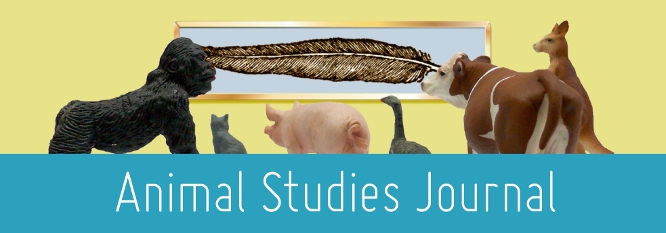Home > assh > ASJ > Vol. 7 (2018) > No. 2

Abstract
Anna Barcz’s Animal Narratives and Culture: Vulnerable Realism sets out to answer two related questions: what do animals add when they are realistically included in cultural texts, and what is the role of fiction in particular? As part of the examination of these questions, the book identifies what Barcz terms ‘zoonarratives’ and develops the concept of zoocriticism itself. Barcz explains that a twentieth-century acceptance of what is likely (and not only what is definite) within understandings of realism has allowed increased scope to explore animal perspectives in fiction. The book’s focus on animal vulnerability in particular in one sense seems to narrow the field unnecessarily: texts celebrating animal agency must also be ‘zoonarratives’, and not to pay attention to this could risk reinscribing victimhood. However, Barcz remarks that foregrounding animals’ victimhood within cultural texts can still be a means of challenging it. Noting the rise of ‘traumatic realism’ in the wake of the Holocaust, she addresses the post-war representations of the ‘ultimate victim’ offered by Lyotard and Agamben. She concludes that ‘there are sufficient reasons that enable us to combine animal studies and trauma studies because both grow out of the difficulty of assessing how animals and mute Jews experience violence’ (41). It would have been interesting to see this opening exploration of animal vulnerability engage with existing animal studies texts on the subject also, perhaps especially Marian Scholtmeijer’s Animal Victims in Modern Fiction (University of Toronto Press, 1993) and Anat Pick’s Creaturely Poetics: Animality and Vulnerability in Literature and Film (Columbia University Press, 2011).
Recommended Citation
Borrell, Sally, [Review] Anna Barcz. Animal Narratives and Culture: Vulnerable Realism. Cambridge Scholars Publishing, 2017. xii,185pp., Animal Studies Journal, 7(2), 2018, 222-225.Available at:https://ro.uow.edu.au/asj/vol7/iss2/12
Included in
Art and Design Commons, Australian Studies Commons, Creative Writing Commons, Digital Humanities Commons, Education Commons, Feminist, Gender, and Sexuality Studies Commons, Film and Media Studies Commons, Fine Arts Commons, Philosophy Commons, Social and Behavioral Sciences Commons, Theatre and Performance Studies Commons

